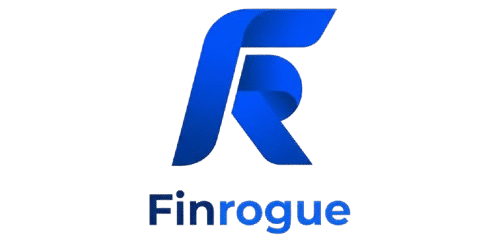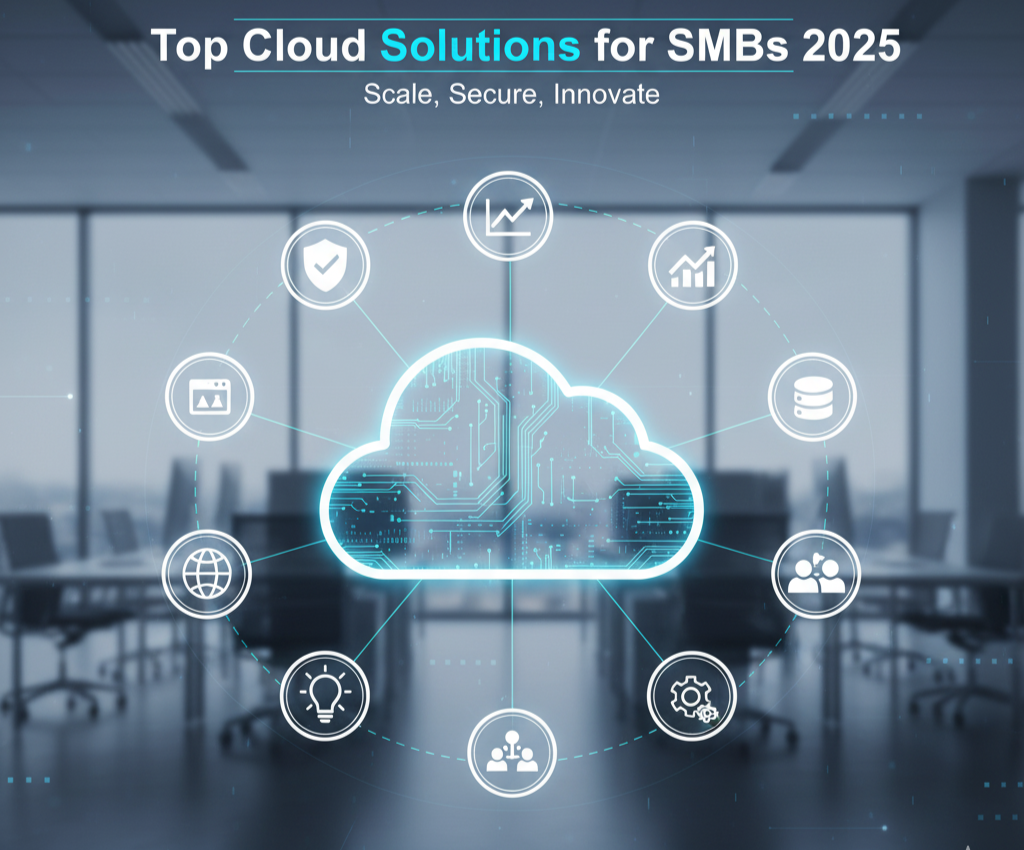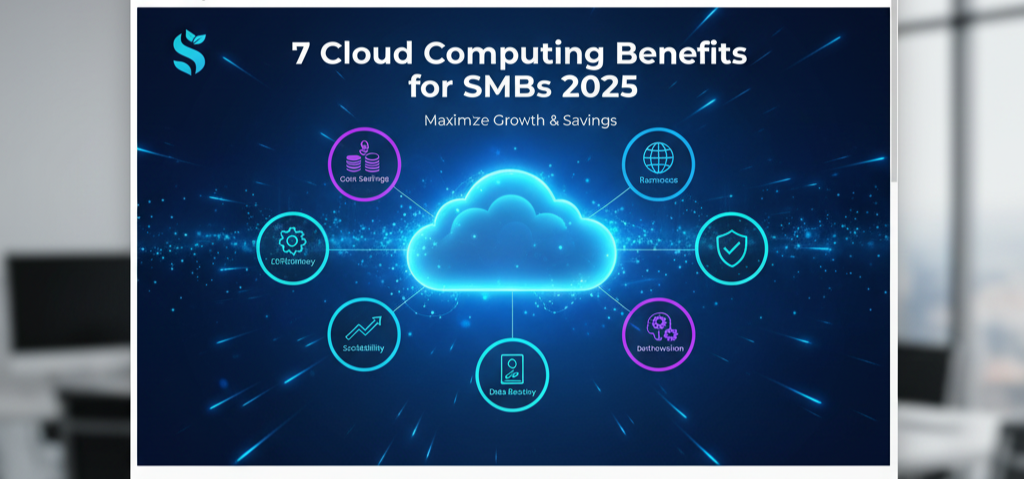Got a small business in 2025? Your staff needs to access work computers remotely, but you can’t afford to buy hardware for all of them. Cloud PC services enable you to lease virtual computers over the internet, so staff can access from any device—a laptop, phone, or tablet.
Perfect for remote working, with no hassle of setup. This is a step-by-step guide to the best cloud PC services for small businesses, such as shops or startups. Easy, with actual examples and advice to choose one. No technical jargon, just what saves you time and money.
To understand the broader benefits before choosing a provider, read our guide on 7 Major Advantages of Cloud Computing for Small Businesses.

1. Windows 365: Ideal for Microsoft Enthusiasts
Windows 365 is Microsoft‘s cloud PC offering. You get a complete Windows desktop in the cloud with applications such as Office 365 pre-installed. Your employees can work remotely or on the road without lugging around laptops.
You can use Windows 365, for instance, in a marketing agency to edit documents and conduct meetings from inexpensive tablets. This eliminates $500 per employee in hardware costs.
- Pricing: Begins at $31 per user per month for standard plans.
- SMB Tip: Begin with a 1-month trial to try it out for your team.
Learn more on the official Windows 365 page for the latest pricing and setup details.
2. Amazon WorkSpaces: Ideal for Scalability
Amazon WorkSpaces by AWS allows you to build virtual PCs that scale as your business does. You can upgrade with more power for video editing or stick with lightweight use for emails. It’s secure and integrates with other AWS solutions.
A design company can use WorkSpaces to securely share files on projects. No more emailing large files.
- Pricing: Starting at $25 per user per month, pay only for what you use.
- SMB Tip: Use the free version for one user to pilot it.
3. Azure Virtual Desktop: Ideal for Hybrid Teams
Microsoft‘s Azure Virtual Desktop (AVD) is adaptable for blended office and home work. It hosts Windows applications in the cloud and links to your on-premise servers if necessary.
AVD can be used by a retail shop to have employees take inventory from home. It stores information securely with business policies.
- Cost: Roughly $20-50 per user per month, depending on hours used.
- SMB Tip: Integrate it with your current Microsoft tools for simple setup.
Visit Microsoft’s Azure Virtual Desktop page for more on setup and pricing.
4. Citrix DaaS: Best for Security
Citrix DaaS (Desktop as a Service) emphasizes secure access. It’s suitable for companies with sensitive information, such as finance or health. You decide who gets to see what.
A consulting business may use Citrix to enable clients to view reports without granting complete computers.
- Price: Begins at $15 per user/month.
- SMB Tip: Choose it if you need robust locks on data.
5. vDeskWorks: Best for Affordability
vDeskWorks is a budget-friendly cloud PC for small teams. It offers good speed and easy management, with support for Windows and Linux.
A startup can use vDeskWorks for developers to code from anywhere, without buying extra machines.
- Pricing: From $10 per user per month.
- SMB Tip: Use their free demo to see performance.

| Service | Starting Price | Best For | Key Feature |
|---|---|---|---|
| Windows 365 | $31/month | Microsoft Fans | Office Integration |
| Amazon WorkSpaces | $25/month | Scalability | Flexible Power |
| Azure Virtual Desktop | $20/month | Hybrid Teams | On-Site Links |
| Citrix DaaS | $15/month | Security | Data Controls |
| vDeskWorks | $10/month | Affordability | Easy Management |
Wrapping It Up: Choose Your Cloud PC
Cloud PC solutions make remote work easy and affordable for small businesses in 2025. They reduce hardware expenses and allow your staff to work anywhere. Begin with Windows 365 if you’re on Microsoft, or vDeskWorks for affordable prices. Check out our posts on cloud computing advantages, cloud hosting, IaaS, or cloud solutions for more.
You can also explore our posts on the Best Google Cloud Computing Services.
What is your greatest remote work challenge? Leave a comment below—I’ll post a solution. Coming up next: “Why Edge Computing is Better in 2025.” Subscribe for advice.
Disclaimer: Information current through October 2025; verify providers for updates. Outcomes may differ.



